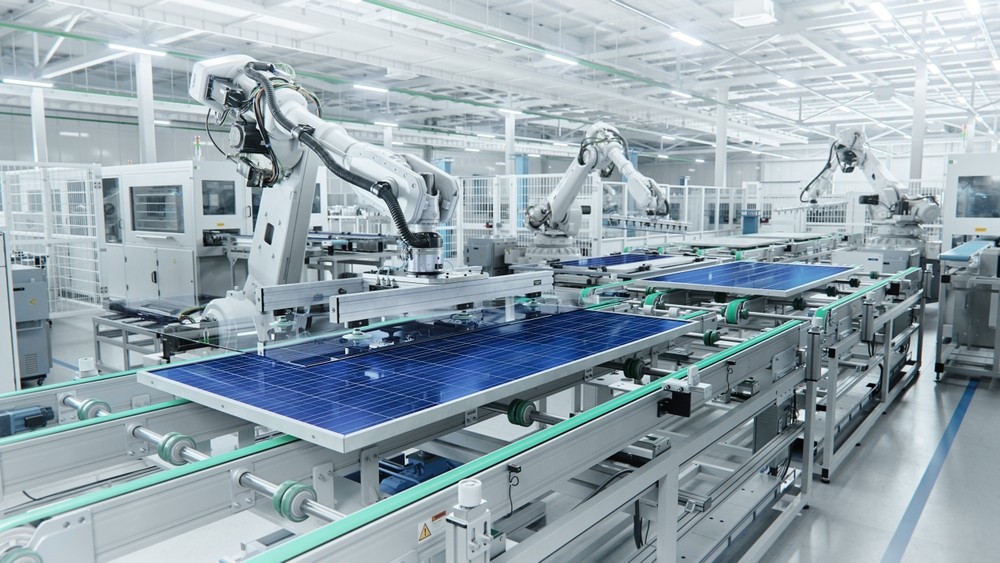Six Core Pillars of Maximizing Equipment Uptime

Uptime is a simple concept in the manufacturing sector. The longer you can keep equipment running efficiently, the more you can produce. But uptime — and, by association, reliability — are far from simple when it comes to achieving them. Behind every well-running machine is a monumental effort to keep it that way.
Ensuring maximum uptime comes down to understanding the core pillars of what keeps equipment running. Mastering them means making the most of equipment availability and enhancing the reliability of your production lines.
Uptime as a measure of reliability
Uptime and reliability go hand-in-hand in the manufacturing space. Put simply, uptime is the percentage of time a machine is available and operational. The higher that percentage, the greater the reliability of the machine.
Both concepts are critically important to the value stream of any company. As equipment becomes more reliable — with the uptime to prove it — the production line (along with the plant itself) becomes more reliable. Producers who maximize uptime subsequently maximize the production capacity of their equipment and their production lines.
For many factory engineers and maintenance teams, it’s a constant battle to keep equipment up and running efficiently. From equipment misuse to failure to perform preventive maintenance, there are several factors that can bring production to a halt.
Core pillars of equipment uptime
How can factory engineers and maintenance teams monitor and improve equipment uptime? According to the U.S. Government Accounting Office (GAO), there are six pillars in an effective asset management framework:
- Establish formal policies and plans. Producers should have a strategic asset management plan in place that aligns with the company’s mission and goals, defines the scope of asset management, and specifies the responsibilities of teams and employees.
- Maximize an asset portfolio’s value. An asset management plan should outline the value of all assets and invest in those assets (i.e., preventive maintenance for machines and equipment) to maximize their value.
- Maintain leadership support. Factory engineers should clearly highlight their support for asset management to every employee on the factory floor, providing them with the resources they need to fulfill their role in the asset management plan.
- Use quality data. Companies should collect, analyze, and verify all asset data. Compile an inventory of assets with detailed data for all machines and equipment. Include each asset’s age, condition, maintenance cost, and criticality to the company.
- Promote a collaborative organizational culture. Ensure all workers across the factory floor feel supported and empowered to share their points of view and expertise. Promote a culture of accountability and Kaizen-focused improvements.
- Evaluate and improve asset management practices. There should be a proactive, company-wide approach to asset management by continuously monitoring each machine’s performance and implementing improvements to maximize value.

Maximum uptime as a product of awareness
Manufacturing equipment is an expensive capital cost, but equipment downtime can cost a plant even more from a financial and reputational perspective. Manufacturers must move from reactive maintenance to a preventive maintenance mindset by improving equipment uptime and reliability.